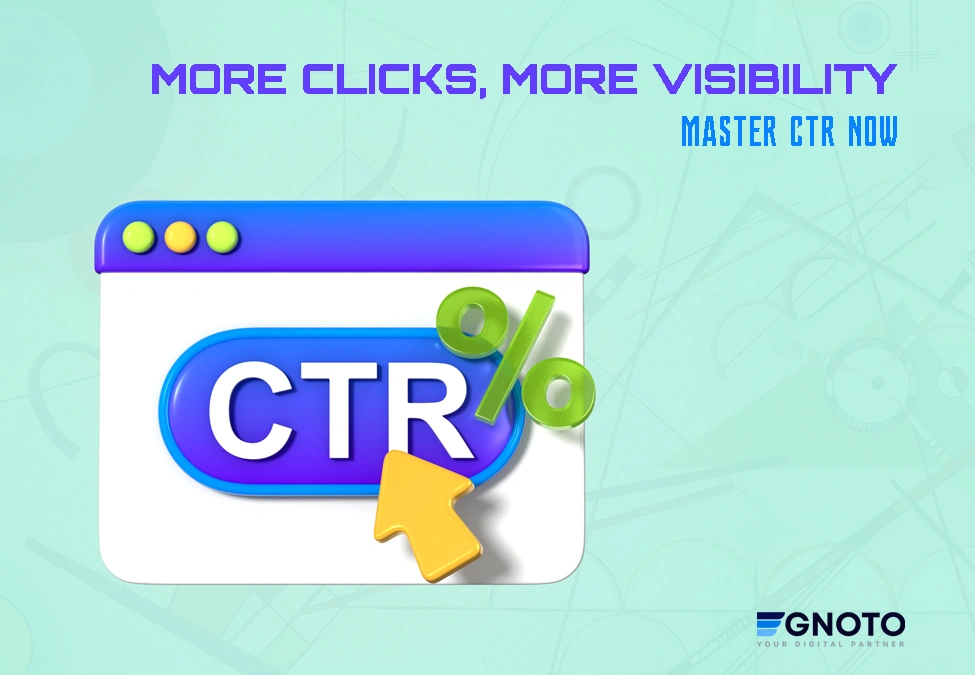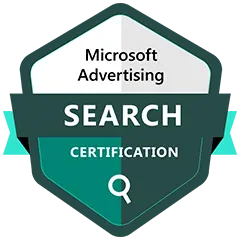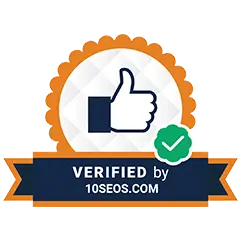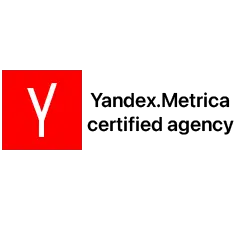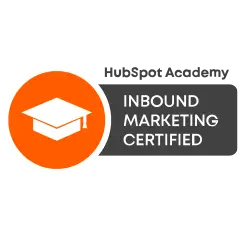Imagine searching online for ‘best pizza near me’ or ‘pet grooming shop.’ As you type your question, Google shows a list of websites. But which website do you click on? It’s the website that looks interesting to you – the one whose title grabs attention. If you don’t like the top websites, you scroll down instead. This is where Click Through Rate (SEO CTR) becomes a game-changer.
A search engine pays attention to how many clicks a website gets. So, a lower CTR implies the answer/ website is not relevant, and next time, it will be ranked lower. Meanwhile, a higher CTR implies it is relevant, and the website will be ranked higher.
Here, in this blog, we will learn about CTR, what it has to do with SEO, what are benefits of a good CTR are, how to improve the CTR of your website, and how to measure it. So, let’s begin:
I. What Is CTR In SEO?
A Click-through Rate (CTR) measures how many people click on a website after seeing it in the search results. A high CTR means your website gets a lot of clicks, while a lower one means people skip over it.
A search engine pays attention to CTR as it tells them which websites are being viewed and which are being ignored.
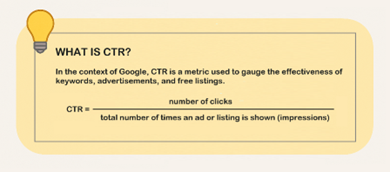
Is SEO CTR Just A Vanity Metric?
Think of Google as a teacher who is grading your homework.
- Higher CTR = A+
- Lower CTR = Falls
A higher ranking means more visibility, leading to more clicks and potential new customers.
II. What Is The Connection Between CTR And SEO?
Let’s explore what CTR in SEO is and what the relation between them is:
A. Does Higher CTR = Better Ranking?
You can think of CTR in SEO as a signal of relevance and quality. So, more clicks mean a higher ranking, right? Well, it’s not that simple! While CTR is not a direct ranking factor, it does play a role in how search engines view a website.
| Search Position | Average Organic CTR (Academic, 2022 data, published 2024)* |
| 1 | 9.28% |
| 2 | 5.82% |
| 3 | 3.11% |
| Beyond Page 1 | <2% |
Table 1: Average organic CTR with respect to Google search position
B. What’s User Engagement Factor? User Behavior And Search Intent
Search engines don’t just count how many clicks a website gets, but also how the user behaves and interacts with it.
For example, if there are two websites that appear on Google search results for a query, then:
- If a user clicks on a website, stays, and explores the page, Google sees it as relevant.
- If the user clicks a link but leaves quickly without reading much (bounce rate), Google thinks it may not be the best result.
In simple words, just getting a higher CTR is not enough. A website also needs to have a higher dwell time (the amount of time users spend on that page).
C. CTR Vs. Other SEO Metrics
Click-through rate is a piece of the SEO puzzle. The other key metrics include:
- Domain Authority: how trustworthy and authoritative a website is.
- Backlinks: how many reputed websites link to the website?
III. Benefits Of A Healthy CTR
A. Increased Organic Traffic: A higher CTR means more people are coming to your website to view product information or learn about stuff. Even if CTR doesn’t directly boost your ranking, it brings people onto your site – the ultimate goal of SEO.
B. Better Understanding Of The Audience: It is important to know what headlines and descriptions attract more visitors to your business website. High click rates mean more people find your link relevant to what they were searching for.
C. Identify Low-Hanging Fruit And Opportunities: Some websites do rank well but don’t get many clicks. This is like missing a chance. If your business’s website has having better ranking but lower CTR, it’s time to tweak titles and descriptions to get a quick win.
D. Find Useful Long-Tail Keywords: Small keywords are highly competitive, but this is where long-tail keywords come into the picture. Long and specific phrases match user intent better and often have higher CTRs.
For example, have a look at these two keywords:
- Generic: “best smartphones”
- Long-Tail: “Best smartphones for college students under Rs. 20,000 in 2025.”
The latter offers a very specific answer and can attract highly interested visitors who are likely to take action.
| >50% | Users click on the ‘first’ search result of Google |
| >97% | Clicks occurs on 1st page of Google search results |
| 0.63% | Users go on 2nd page of Google search results |
Table 2: Percentage of clicks a link gets on Google result page
IV. How To Improve CTR For SEO Success?
1. Compelling Titles: Many studies have shown that titles with numbers and power words can boost click rates by up to 36%. But what does a great title look like? Well, it must have:
- Must be catchy to make people curious
- Must be accurate (avoid misleading claims)
- Must be keyword-rich (to help search engines understand the topic)
Here are some examples of catchy, accurate, and keywords containing titles:
- 10 Powerful SEO Strategies to Skyrocket Your Ranking
- How to Boost Your Website Traffic (5 Proven Steps for 2025)?
2. Engaging Meta Descriptions: It is a mini-ad of your website content. This is what people see before they click, so ensure it explains the overall content in a short and clear way and includes a call-to-action to encourage clicks, such as “Learn More,” “Find Out,” “Get A Free Infographic,” etc.
3. Implement Structured Data (Schema Markup) And Rich/ Featured Snippets: Structured data helps search engines to understand content in a better way, leading to rich snippets, like –
- Star ratings
- Total no. of reviews
- Product prices
- Recipe cooking time
- Image of the product
These visuals draw attention and make people click on your link. Don’t forget about giving quick and direct answers in featured snippets that appear on the top of the results, as it can boost your click rates, and even if you are not ranked #1, it can still give you massive traffic.
4. Create Click-Worthy URLs: Ensure the URL that appears below the title in the search result is clear and direct. For example, look at these two URLs below –
- www.example.com/cat0783/89690
- www.example.com/best-seo-tips-for-2025
The first one is confusing, while the second one clearly speaks about what its content is going to be.
5. Testing Headlines And Descriptions: You can test different versions of headlines to know which one gets more clicks. This way, you can refine your CTA strategies and find the most clickable heading.
6. Improve Page Load Speed: No matter how good your title, description, and snippets are, if the load time of your website is slow, users will jump to a new one quickly, decreasing your dwell time (it signals a high bounce rate).
Meanwhile, a fast-loading site keeps users engaged and boosts ranking. Be sure to have a user and mobile-friendly UI and UX design to reduce user frustration and increase session time.
7. Leverage Emotional Triggers: Specific words drive more clicks, such as ‘Best,’ ‘ Ultimate,’ ‘Free,’ etc. For example, a title like –
- ‘The Ultimate Guide to Baking Perfect Chocolate Chip Cookies’ sounds way better than ‘How to Bake Cookies’
- ‘The Best Reusable Water Bottles That Keep Your Drinks Cold for Hours’ sounds better than ‘Reusable Water Bottles Available’
V. Measuring And Analyzing Your CTR
A. Google Search Console: It is a free tool from Google that gives valuable insights into search rankings, clicks, and CTR for specific pages and keywords. You get data like –
- Which search terms attract clicks and which don’t
- It shows you track impressions vs. clicks
- You can identify which page ranks well, but doesn’t generate more clicks
| 1. | Go to Google Search Console |
| 2. | Navigate to ‘Performance’ |
| 3. | Look at your ‘Total Clicks’, ‘Total Impressions’, and ‘Average CTR’ |
| 4. | Click on Individual keywords or pages to see which one needs improvement |
Table 3: How to check Click-Through Rates (CTR) with Google Search Console [step-by-step]
B. Key Eye On Trends: Instead of looking at CTR as a number, track it over time to spot any patterns. Analyzing regular trends can help you adjust your strategies and stay competitive.
- If CTA is increasing → Your optimizations are working, so keep doing what’s driving more clicks.
- If CTA is decreasing → Your competitors have better titles/ descriptions, your content is outdated or irrelevant, or your search ranking has changed, which is impacting the visibility.
C. Segment Your Data: Instead of looking at overall click rates, break them down into different segments to find out any specific areas that need improvement. For example,
- CTR by Device – A mobile user may prefer different wording in search results, so if your CTA is high on a desktop but low on a smartphone, then you must improve your meta description for mobile users.
- CTR by Keyword – Some keywords get high CTR as they match user intent better, so you can optimize those. If your site has low CTR keywords, you will need catchier titles or a more convincing reason for people to click.
- CTR by Page – Some pages may get more clicks than others, so you can study pages that are getting more clicks to find out what makes them stand out and apply them to weaker pages.
What More Clicks? Learn How To Improve Your CTR Now!
CTR = SEO Success! Ignoring it is like opening a storefront but forgetting to put up a sign. No one will notice if it’s even there. A higher CTR means –
- Better search rankings,
- More website visitors, and
- Higher chances of getting new customers.
The good news is you can improve CTR by writing exciting headlines that make people want to click, using clear, attention-grabbing descriptions in the search results, and understanding what people search for to match their intent. The right digital marketing partner can make a difference for your business by fixing all the errors and leveling up your SEO game. Call [phone number] to talk to us and make CTR your priority.
